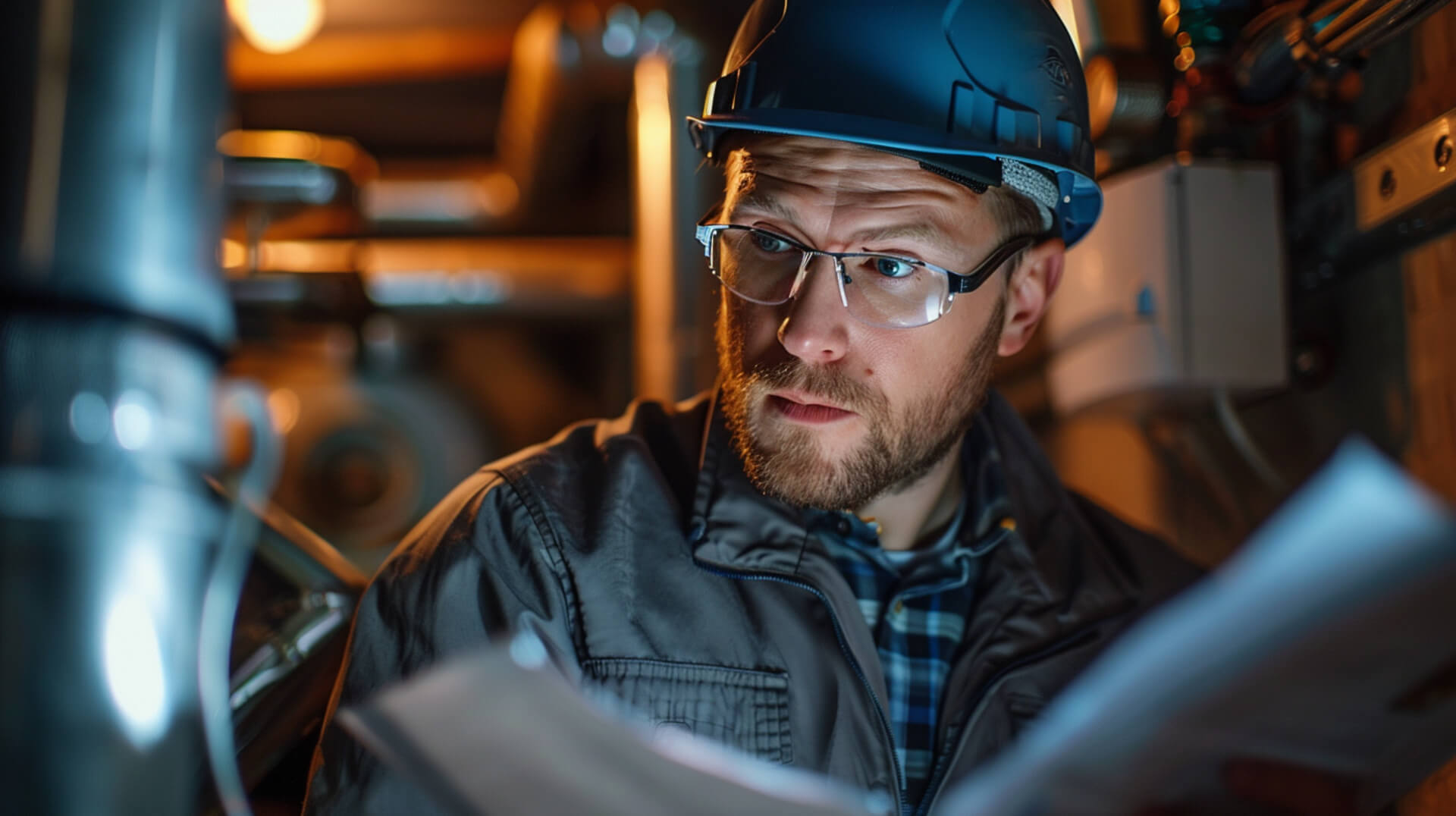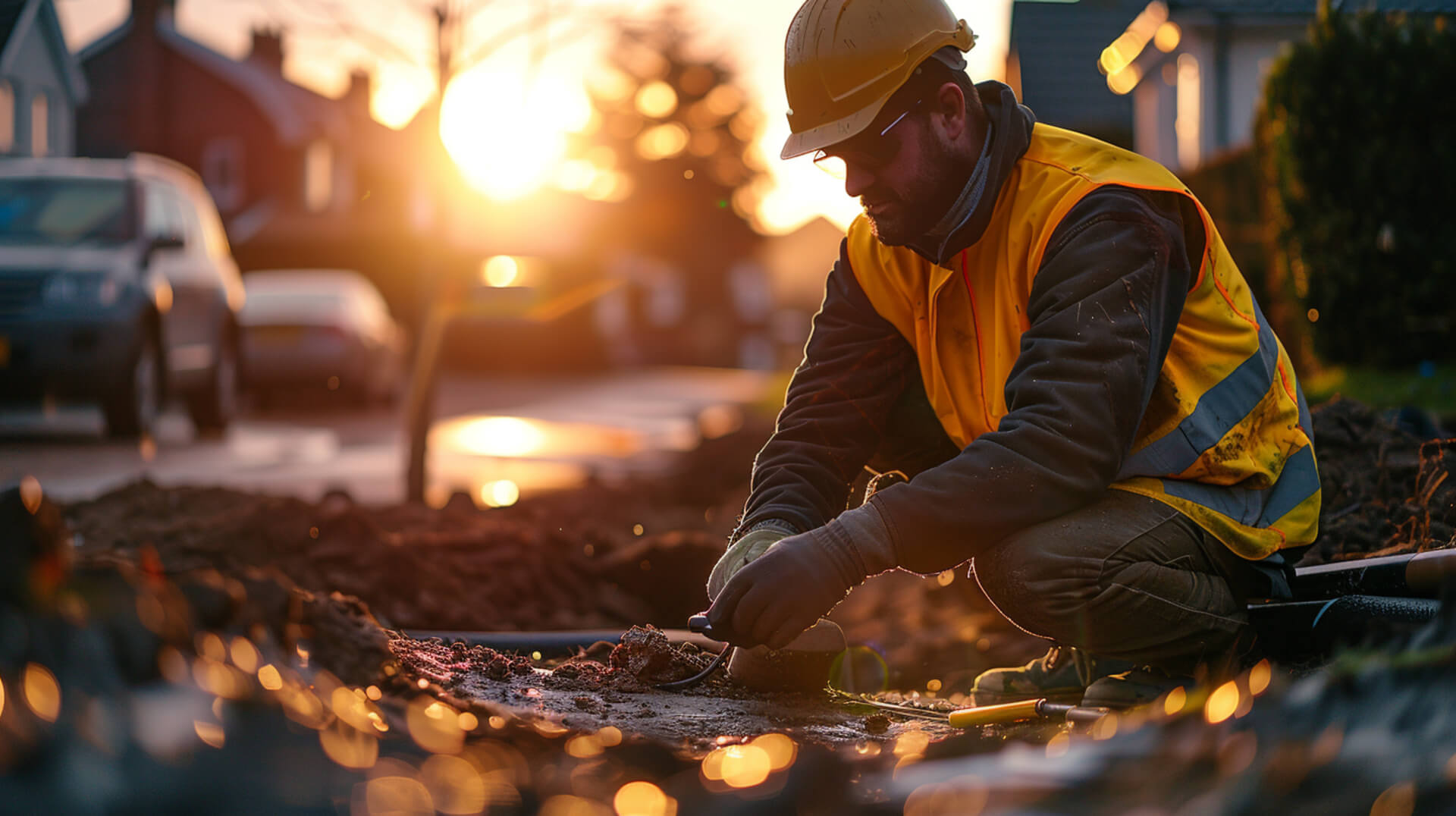 How To Choose The Right Size And Material For A Drain Pipe
How To Choose The Right Size And Material For A Drain Pipe
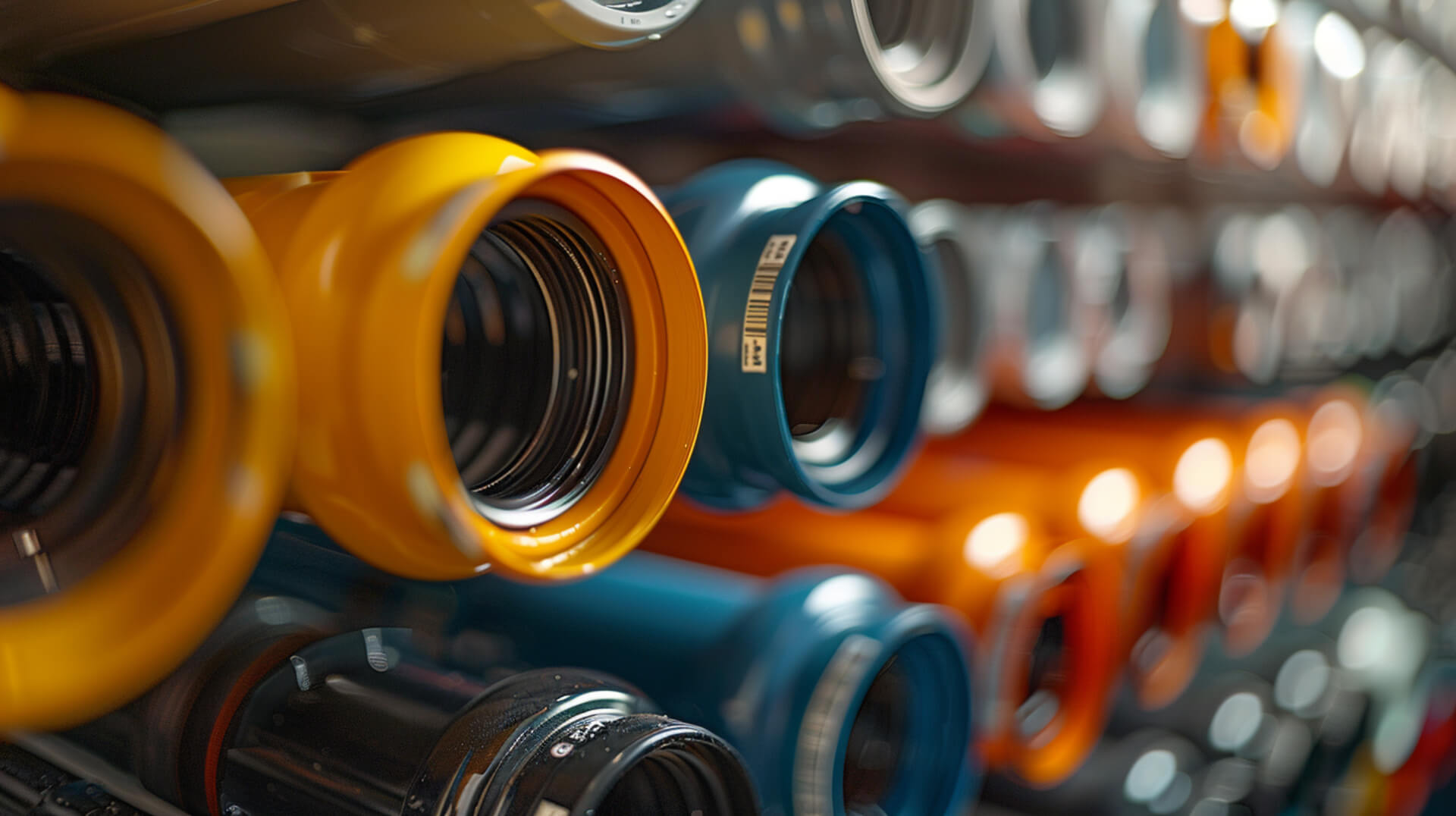
Drainage systems are integral to maintaining the structural integrity of properties and ensuring environmental balance. These systems manage water flow to prevent accumulation that can lead to flooding, structural damage, and erosion. They encompass various types, each serving a specific purpose:
Types of Drainage Systems
- Land Drainage: Manages water in agricultural and open land areas to prevent waterlogging and improve crop conditions.
- Stormwater Drainage: Captures and directs rainwater from urban surfaces to reduce flooding and manage runoff.
- Wastewater Drainage: Handles domestic or industrial effluent, ensuring safe and hygienic disposal or treatment.
The Role of Integration
Understanding the integration of stormwater and wastewater systems is crucial. These systems, while distinct, must work in concert to manage water effectively within urban environments. Proper integration ensures that rain management and waste disposal do not compromise each other, maintaining a balance between human activity and the natural hydrologic cycle.
Impact of Pipe Size and Material
The choice of drain pipe size and material significantly impacts the efficiency and sustainability of a drainage system. The correct size ensures adequate flow and prevents blockages, while the material choice affects the system’s durability and environmental footprint. Your selection must consider factors such as the type of waste, the volume of water, and the specific environmental conditions of the area.
Overview of Drain Pipe Materials
When selecting the appropriate material for drain pipes, it is essential to consider various factors that affect their performance and suitability for specific environments. Common materials include PVC, PPR, HDPE, cast iron, clay, concrete, polyethylene, and metal, each with distinct properties.
Durability and Corrosion Resistance
PVC and HDPE are popular due to their high durability and resistance to corrosion. These synthetic polymers are capable of withstanding various chemical interactions, making them suitable for residential and industrial applications. Cast iron, while robust, is more susceptible to corrosion over time, especially when exposed to certain soil types or wastewater characteristics.
Environmental Impact
The environmental impact of drain pipe materials is a growing concern. Clay pipes, for instance, offer a more sustainable option as they are made from natural materials and are recyclable. Their selection contributes to a greener infrastructure and supports sustainable urban drainage systems (SUDS).
Technological Advancements
Technological advancements have led to the development of new materials that combine the benefits of traditional materials with improved performance characteristics. Innovations in material science have resulted in pipes that are more resilient, easier to instal, and have a lower environmental footprint.
By understanding the properties and environmental implications of each material, you can make an informed decision that balances functionality, sustainability, and cost-effectiveness.
Determining the Correct Size for Drain Pipes
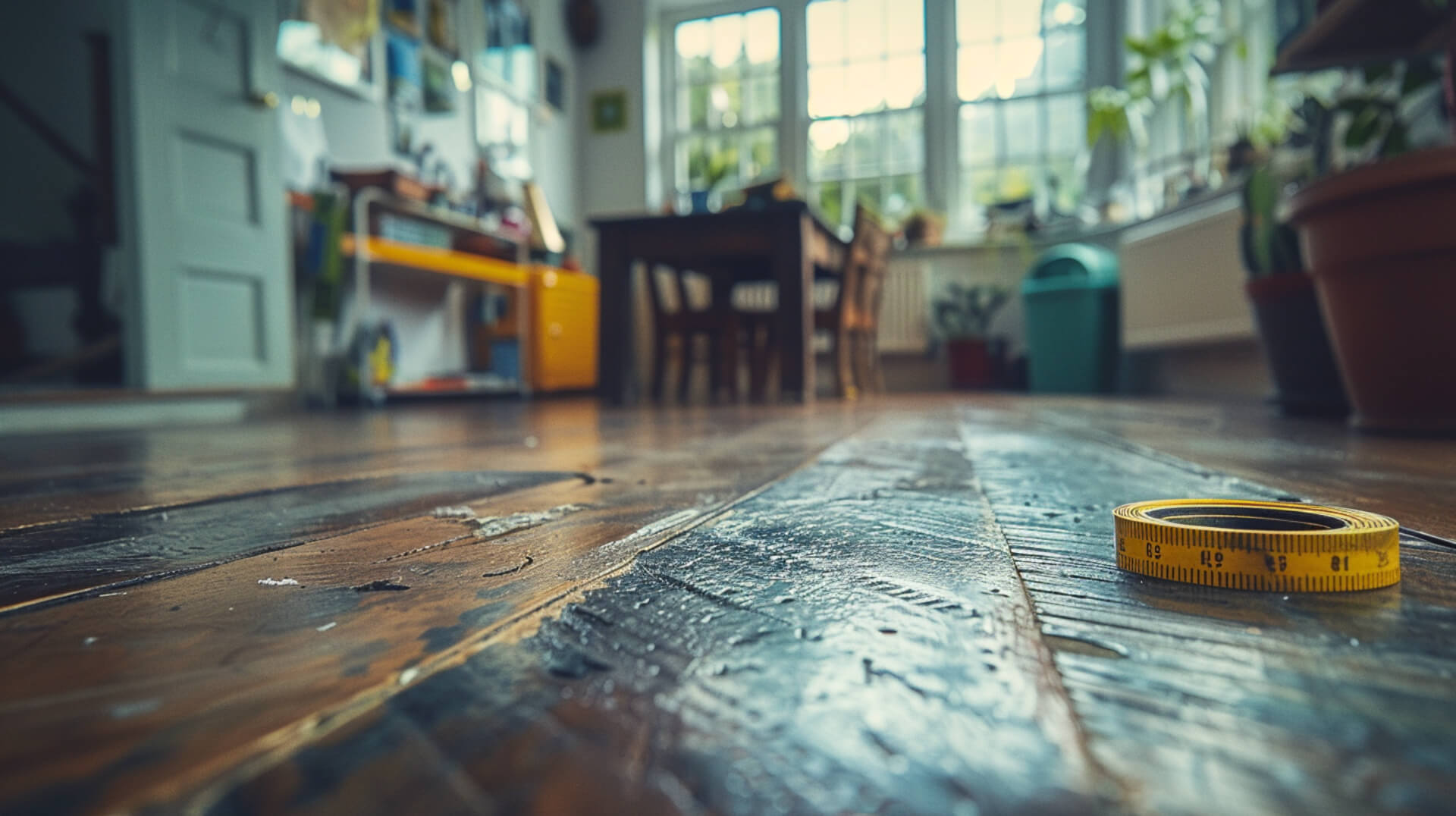
Selecting the appropriate diameter for drain pipes is a critical decision that impacts the efficiency and longevity of a drainage system. The optimal diameter is influenced by several factors, which must be carefully considered to ensure the system functions correctly.
Factors Influencing Pipe Diameter
The intended use of the drainage system plays a significant role in size selection. Residential applications may require smaller diameters compared to commercial or industrial settings, which often handle higher volumes of wastewater. The flow rate and volume of water that the pipe must accommodate are also crucial considerations. Pipes that are too small can lead to increased pressure and potential blockages, while oversized pipes may reduce the flow velocity, leading to sedimentation and reduced efficiency.
Impact of Incorrect Sizing
Incorrect pipe sizing can have several adverse effects on a drainage system. Undersized pipes may become easily clogged and could lead to backups and potential property damage. Conversely, oversized pipes can result in unnecessary cost implications and may complicate the installation process. It is therefore essential to calculate the correct size based on the specific requirements of the system, including the expected flow rate and the nature of the waste being transported.
By taking into account these considerations, you can ensure that your drainage system operates effectively, avoiding common issues associated with improper sizing.
Selecting the Appropriate Material for Your Needs
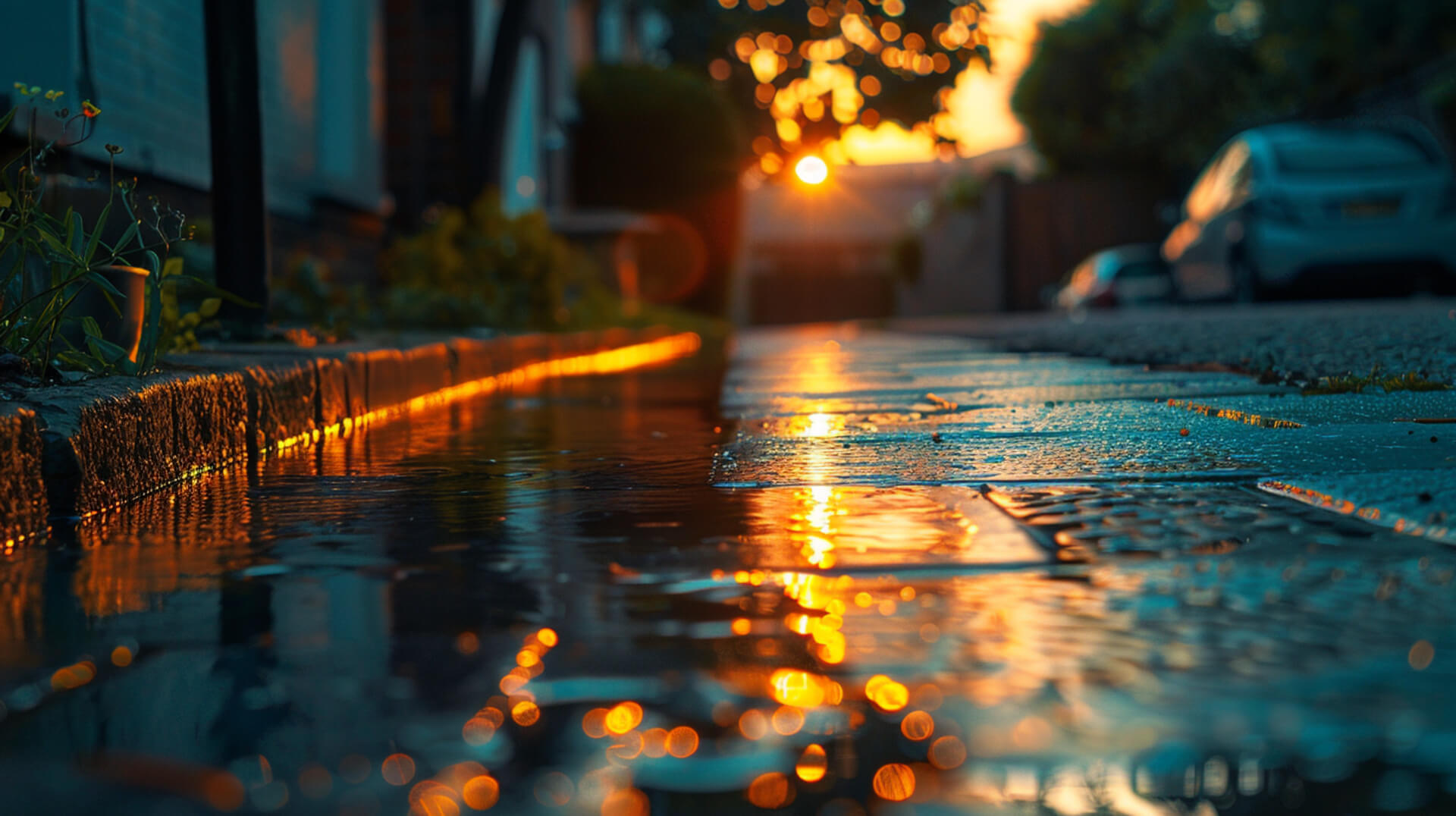
Choosing the right material for drain pipes is a decision that hinges on multiple environmental and application-specific factors. Property owners must weigh these considerations to select a material that ensures durability, efficiency, and environmental compatibility.
Influence of Environment on Material Choice
The surrounding environment plays a pivotal role in material selection for drain pipes. Factors such as soil type and chemical exposure can significantly affect the longevity and performance of the material. For instance:
- Soil with high acidity may corrode metal pipes, making non-metallic options like PVC or HDPE more suitable.
- Areas with high salt content in the soil or water require materials with superior corrosion resistance, such as certain grades of stainless steel or specially coated materials.
Material Preferences for Different Settings
Different settings necessitate the use of materials with specific properties:
- Industrial environments, often characterised by the disposal of chemicals and high-temperature waste, may require pipes made from materials like PPR or metal that can withstand harsh conditions.
- Residential settings typically favour materials like PVC and HDPE for their balance of cost-effectiveness and durability.
Environmental Considerations and Sustainability
Sustainability is an increasingly important factor in material selection. Environmentally conscious property owners might opt for materials like clay or concrete, which have a lower environmental impact and are recyclable.
Balancing Cost, Performance, and Sustainability
To balance cost, performance, and sustainability, consider:
- Initial investment versus long-term savings from reduced maintenance and replacement needs.
- Performance requirements based on the type of waste and local environmental regulations.
- Sustainability goals, such as reducing the carbon footprint or supporting circular economy principles.
By carefully considering these factors, you can choose a drain pipe material that aligns with your specific needs and values.
Installation Considerations for Drain Pipes
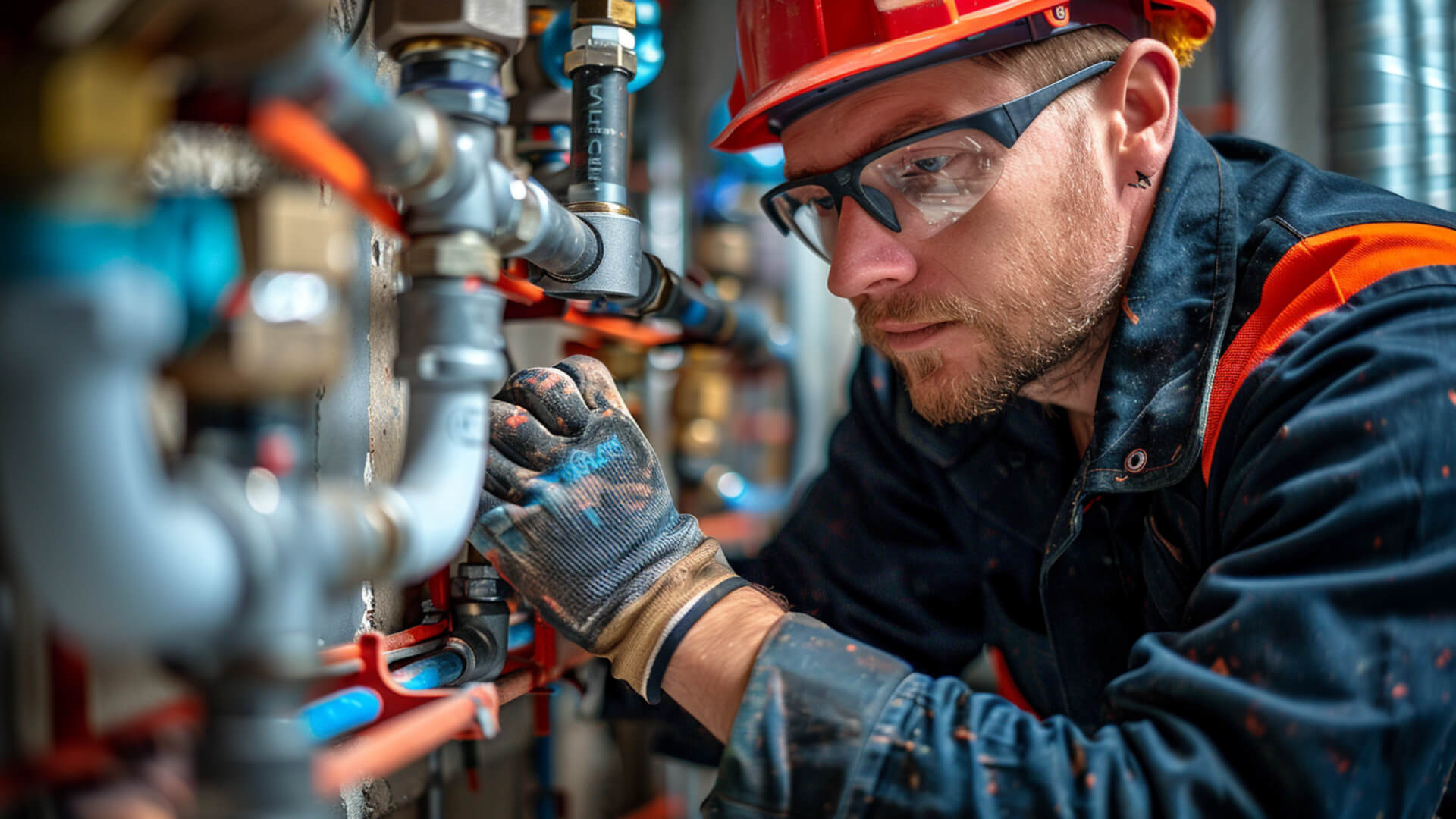
Proper installation of drain pipes is crucial for the functionality and longevity of a drainage system. It involves several key steps that must be meticulously followed to prevent future complications.
Professional Guidance and Installation Steps
It is highly recommended to seek professional guidance when installing drain pipes. Experts ensure that:
- Correct sizing is determined based on the application and expected flow rates.
- Alignment is precise, preventing issues such as water pooling and uneven flow.
- Secure attachment of pipes is achieved, which is essential for stability and to avoid dislocation.
- Slope management is adequate, facilitating proper water flow and preventing stagnation.
Variations in Installation Methods
Installation methods can vary significantly depending on the material and the environmental context of the project. For example:
- PVC and HDPE pipes may require different joining techniques compared to metal or clay pipes.
- Underground installations in areas with high groundwater levels demand careful consideration of pipe buoyancy and soil pressure.
Avoiding Common Pitfalls
Common pitfalls during installation include:
- Neglecting local building codes which can lead to non-compliance and potential system failure.
- Improper jointing which can result in leaks or root ingress in the case of underground pipes.
By adhering to these considerations, you can ensure a robust and efficient drainage system.
Maintenance and Troubleshooting of Drainage Systems

Regular maintenance is a cornerstone of a well-functioning drainage system. It prevents common issues that can lead to more significant problems if left unaddressed.
Importance of Regular Maintenance
Routine inspections and cleaning are vital to:
- Prevent clogs and leaks: Ensuring that pipes are free from obstructions maintains a smooth flow and prevents backups.
- Avoid system failure: Regular checks can identify potential weaknesses or damage early, before they escalate into costly repairs.
Identifying Common Issues
Property owners should be vigilant for signs of drainage problems:
- Water stains on walls or ceilings may indicate a hidden leak.
- Musty smells can suggest the presence of mould, often due to moisture from a leak.
- Structural damage, such as cracks in foundations, can be exacerbated by water infiltration from faulty drainage.
Effective Troubleshooting
When issues arise, effective troubleshooting steps include:
- Assessing the problem area: Locating the source of the leak or blockage is the first step in addressing the issue.
- Consulting diagrams or plans: Understanding the layout of the drainage system can help pinpoint potential trouble spots.
Role of Expert Consultation
For complex or persistent issues, expert consultation is invaluable. Professionals can provide:
- Advanced diagnostics: Using specialised equipment to detect hidden problems.
- Optimization advice: Offering solutions to improve system efficiency and longevity.
By engaging in regular maintenance and seeking expert advice when necessary, you can ensure the continued performance and reliability of your drainage system.
Environmental and Safety Considerations in Drainage Design

Incorporating environmental and safety considerations into the design of drainage systems is not only a matter of regulatory compliance but also a commitment to sustainable development and community well-being.
Sustainable Urban Drainage Systems (SUDS)
SUDS play a pivotal role in managing runoff water in urban areas, aiming to mimic natural drainage processes and reduce the impact on the environment. By integrating features like permeable surfaces and retention basins, SUDS can mitigate flood risks, enhance water quality, and support biodiversity.
Selection of Environmentally Friendly Materials
The choice of materials for drain pipes has long-term implications for the environment. Materials such as clay and concrete are valued for their low environmental impact and recyclability, contributing to the sustainability of the infrastructure. Property owners are encouraged to consider these materials to future-proof their systems against increasingly stringent environmental regulations.
Safety and Accessibility During Installation and Maintenance
Safety is paramount during the installation and maintenance of drainage systems. It is essential to ensure:
- Safe access: Providing secure access points for maintenance personnel.
- Risk management: Implementing measures to mitigate risks associated with installation and maintenance activities.
Compliance with Environmental and Safety Standards
Compliance with standards ensures that drainage systems are safe for users and the environment. Property owners should familiarise themselves with relevant standards and codes, such as those from ASME, BS, and Euro Chlor, which dictate the design, construction, and maintenance of drainage systems. Compliance not only promotes safety but also ensures the longevity and reliability of the drainage infrastructure.
Understanding Pipe Connections and Pressure Dynamics
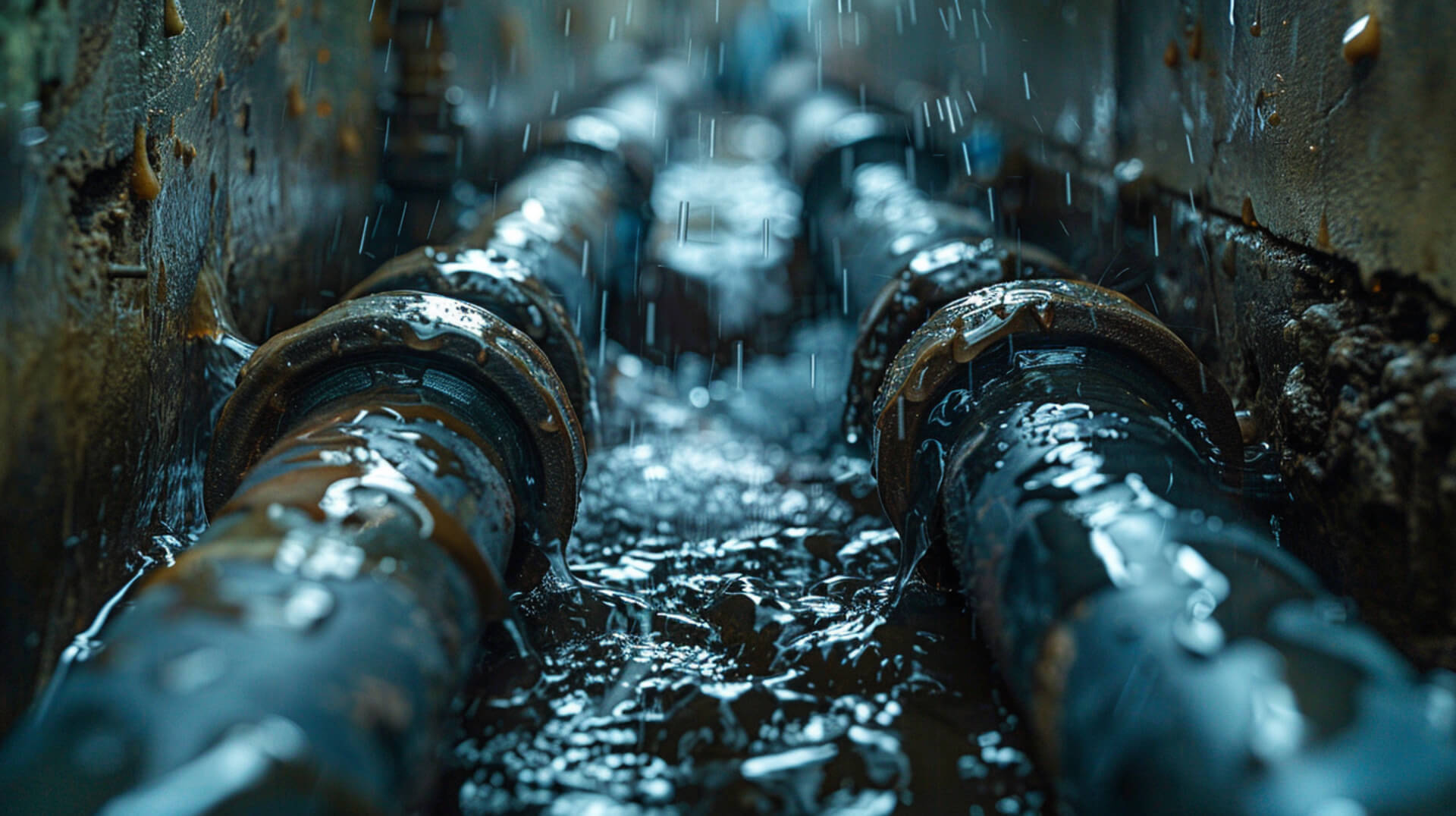
Properly connecting drain pipes and managing pressure dynamics are critical for the reliability and efficiency of a drainage system.
Integrity of Pipe Joints and Connections
Ensuring the integrity of pipe joints and connections is essential to prevent leaks and maintain the system’s pressure. Secure connections also help withstand the stress caused by water flow and external environmental factors. It is recommended to use suitable connectors and follow best practices for jointing, such as using the correct sealants and ensuring tight fits.
Bernoulli’s Principle and Flow Dynamics
Changes in pipe size can significantly affect the flow and pressure within a drainage system. According to Bernoulli’s principle, as the cross-sectional area of a pipe decreases, the velocity of the fluid increases, and conversely, the pressure decreases. Understanding this principle is vital for designing a system that manages water flow efficiently, especially in systems with varying pipe diameters.
Preventing Corrosion with Material Compatibility
Minimising the use of dissimilar materials in pipe connections is important to prevent galvanic corrosion. When two different metals come into contact in the presence of an electrolyte, such as water, they can create a galvanic cell that leads to corrosion. Selecting compatible materials or using appropriate insulating connectors can mitigate this risk.
Effective Pressure Management
Property owners can ensure their drainage system is designed to manage pressure dynamics effectively by:
- Consulting with professionals during the design phase to account for the unique aspects of their property.
- Incorporating air-release valves and traps to manage air pressure and prevent vacuum formation.
- Regularly inspecting the system to identify and address any pressure-related issues promptly.
Compliance with Drainage System Standards and Codes

Adherence to established standards and codes is a fundamental aspect of designing and maintaining drainage systems. These regulations ensure safety, efficiency, and compatibility across various components and installations.
Key Standards Governing Drainage Systems
Several standards and codes are pivotal in the drainage industry:
- ASME (American Society of Mechanical Engineers) provides guidelines on the design and installation of plumbing systems.
- BS (British Standards) offers specifications for materials, testing, and performance of drainage products.
- Euro Chlor outlines best practices for handling chlorinated water and materials suitable for such environments.
Importance of Industry Compliance
Compliance with these standards is crucial for several reasons:
- Safety: Ensuring that systems are safe for users and the environment.
- Efficiency: Promoting the optimal performance of drainage systems.
- Interoperability: Facilitating the integration of different system components.
Influence on Material and Size Selection
Standards directly influence the selection of materials and sizes for drain pipes by:
- Specifying tolerances for different materials and their performance under various conditions.
- Recommending pipe diameters based on flow rates and usage scenarios.
Resources for Staying Informed
Property owners can stay informed about relevant standards and codes by:
- Consulting with industry professionals who are up-to-date with the latest regulations.
- Accessing online databases of standards organisations.
- Participating in industry workshops and training sessions.
By staying informed and compliant, you ensure that your drainage system is built to last and performs as intended.
Technological Advancements in Drainage Materials and Techniques
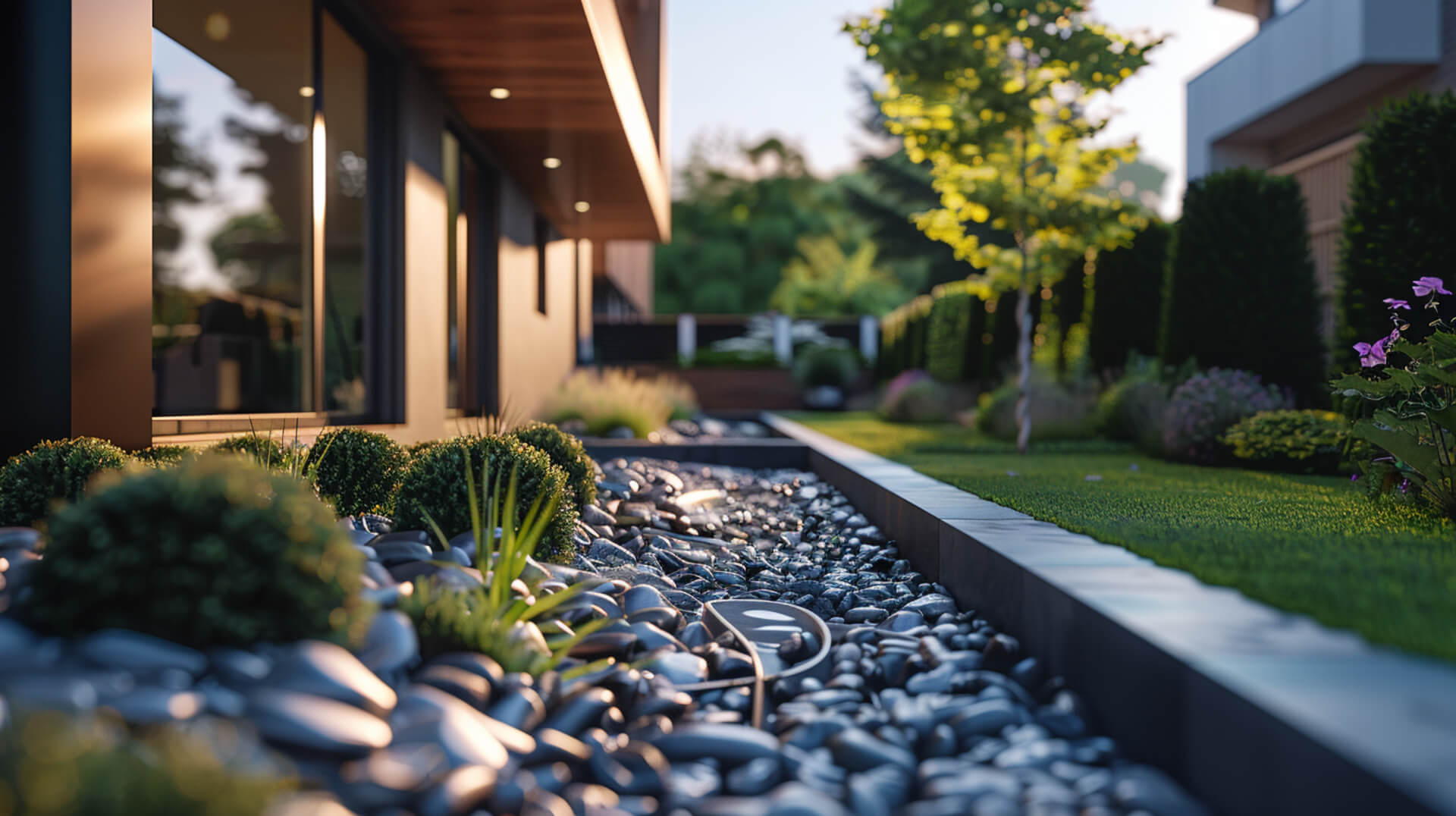
Technological progress has significantly influenced the materials and methods used in drainage systems. Innovations have led to the development of more durable, efficient, and environmentally friendly materials, as well as installation techniques that simplify the process and enhance system longevity.
Innovations in Drainage System Materials
Advancements in material science have resulted in:
- Enhanced polymers: New formulations of PVC and HDPE offer improved resistance to chemicals and environmental stressors.
- Composite materials: These combine the strength of traditional materials with the resilience of modern synthetics, offering superior performance.
Modern Installation Techniques
Installation techniques have also evolved, with new methods that reduce labour and increase precision:
- Trenchless technology: This minimises the need for extensive excavation, reducing environmental disruption and installation costs.
- Sealing technologies: Improved jointing compounds and methods ensure watertight seals and reduce the risk of leaks.
Leveraging Technology for System Efficiency
Property owners can leverage these advancements to enhance their drainage systems by:
- Consulting with professionals: Experts can advise on the latest materials and methods suitable for specific applications.
- Adopting innovative solutions: Such as smart sensors for leak detection and automated maintenance schedules.
Addressing Future Challenges
As drainage needs evolve with urbanisation and climate change, ongoing technological innovation will be key to developing solutions that are both effective and sustainable.
Leveraging Community Knowledge and Expert Consultation
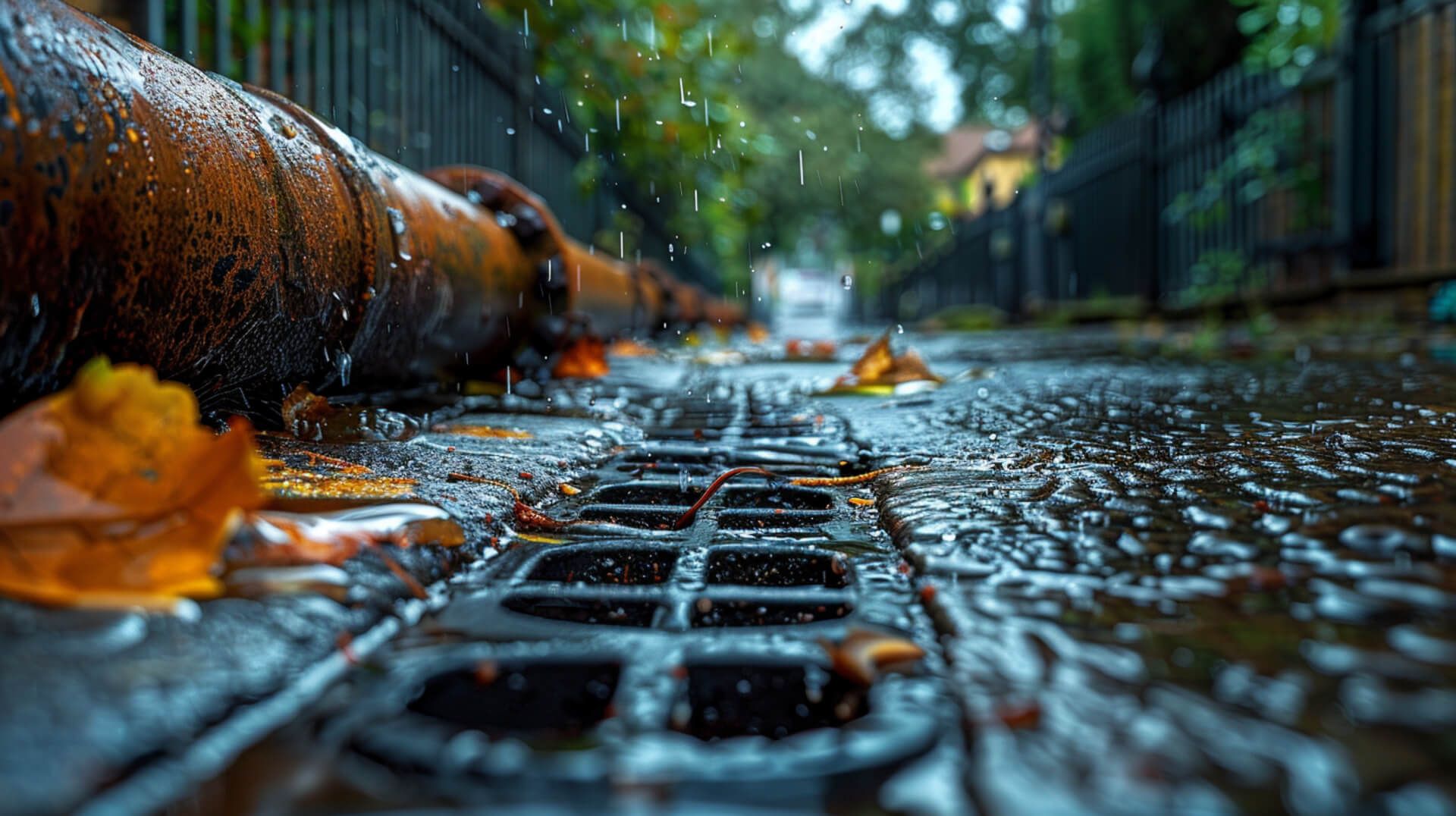
In the realm of drainage system design and maintenance, tapping into community knowledge and seeking expert consultation can be invaluable. These resources provide a wealth of information and practical advice that can enhance the effectiveness of your drainage solutions.
Community Knowledge Platforms
Platforms such as online forums and Stack Exchange offer a space for information exchange and problem-solving among peers. Here, you can find discussions on:
- Best practices: Shared by individuals with hands-on experience.
- Troubleshooting tips: For common issues encountered by property owners.
- Product recommendations: Based on user experiences and reviews.
The Importance of Expert Consultation
While community insights are helpful, expert consultation is crucial for:
- Tailored system design: Professionals can design systems that cater specifically to your property’s needs.
- Efficient troubleshooting: Experts can quickly diagnose and resolve complex issues.
- Optimization strategies: Specialists can suggest improvements to enhance system performance.
Engaging with Professional Networks
Engaging with professional networks and forums can provide:
- Access to the latest industry developments: Keeping you informed about new materials and technologies.
- Opportunities for professional development: Through webinars, workshops, and training sessions.
Selecting Reputable Experts
To find and select reputable experts, consider:
- Certifications and qualifications: Verify the credentials of the professionals.
- Reviews and testimonials: Look for feedback from previous clients.
- Consultation services: Many experts offer initial consultations to discuss your needs and their services.
By leveraging these resources, you can ensure that your drainage system is designed, installed, and maintained to the highest standards.
Key Considerations for Drainage System Choices
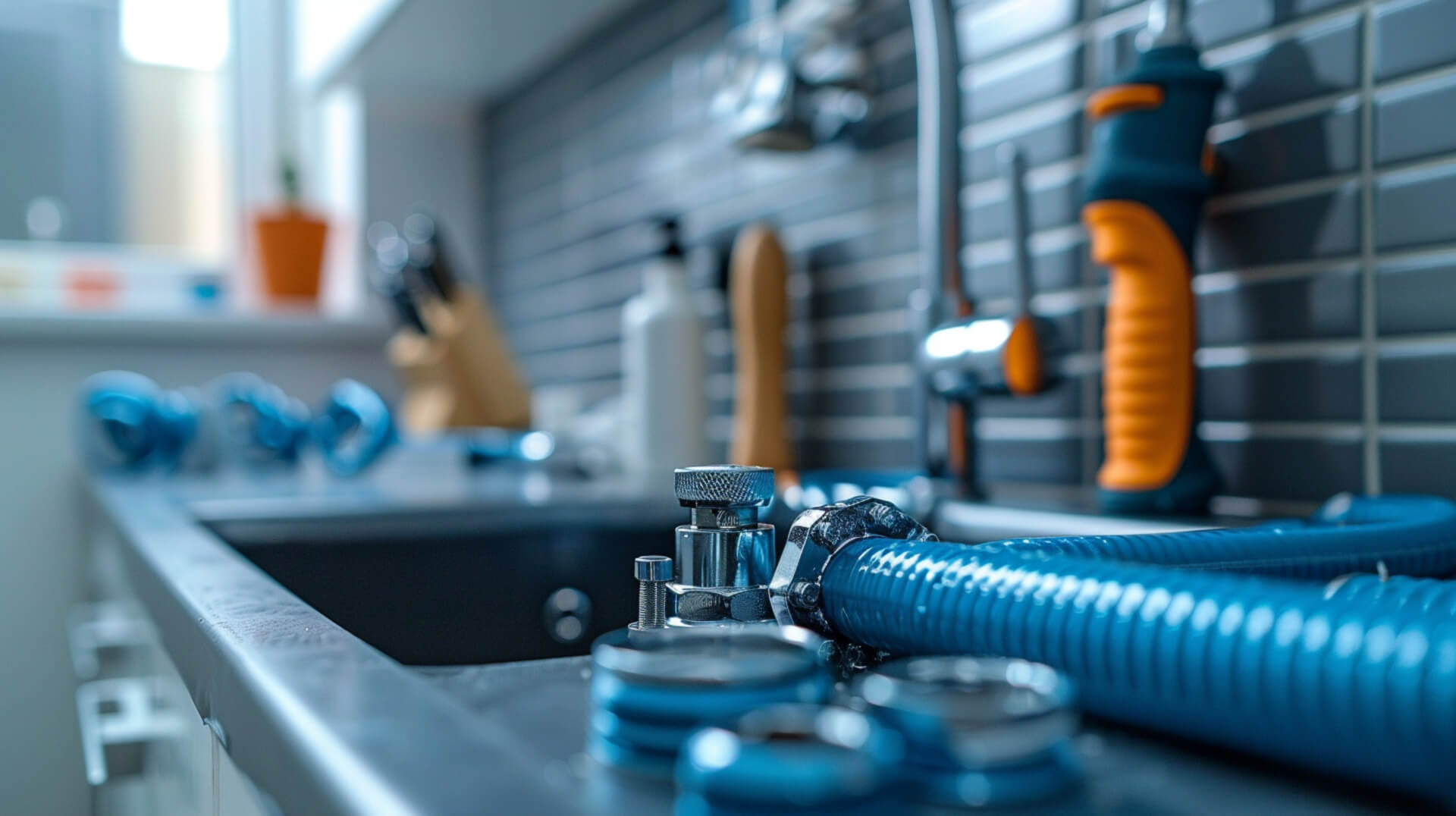
When selecting the right size and material for a drain pipe, property owners, business owners, and facility managers should consider a range of factors to ensure the efficiency and sustainability of their drainage systems.
Integrating Considerations for System Efficiency
To achieve a drainage system that operates effectively:
- Match pipe diameter with the expected flow rate to prevent blockages and maintain proper discharge.
- Choose materials based on the specific environmental conditions and usage requirements of the property.
- Consider the long-term environmental impact of the materials, opting for sustainable and recyclable options where possible.
Steps for Ongoing Drainage System Optimization
Maintaining an optimised drainage system involves:
- Regular inspections to identify and address potential issues before they escalate.
- Scheduled cleanings to remove debris and reduce the likelihood of clogs.
- Consulting with experts for advice on upgrades and efficiency improvements.
Staying Informed on Drainage System Best Practices
Property owners can stay abreast of the latest in drainage system design and maintenance by:
- Engaging with professional networks and attending industry events.
- Subscribing to trade publications and online resources dedicated to plumbing and drainage.
- Participating in community forums where peers share insights and experiences.
By considering these factors and taking proactive steps, you can ensure that your drainage system remains reliable, efficient, and environmentally responsible.
